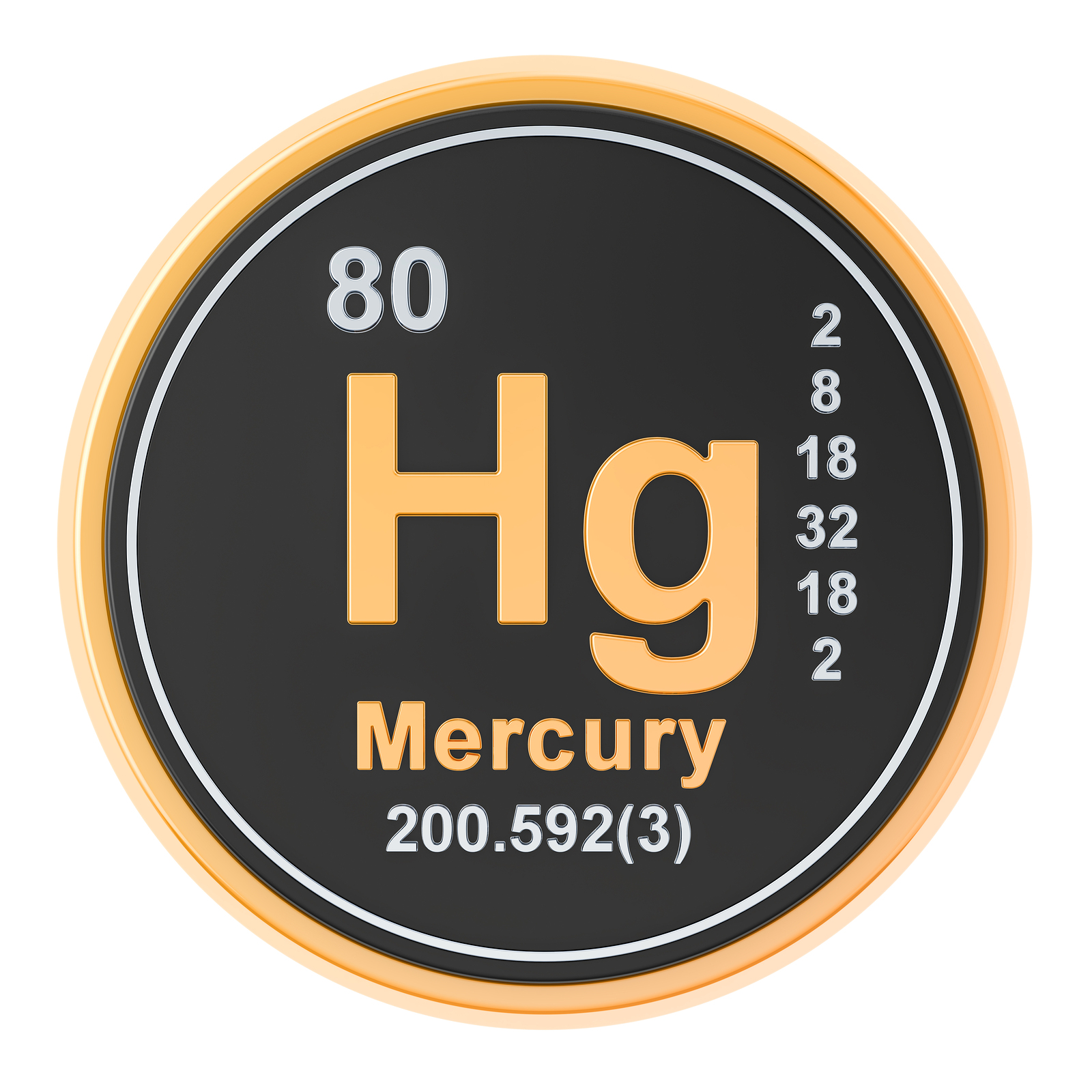
It usually appears in the form of salts and oxides , but since it does not mix geochemically with the elements that abound on the planet, its deposits are highly concentrated. Most of its deposits are found in areas of recent orogenesis, with high-density rocks forced to emerge from the earth’s crust due to volcanic activity. Mercury is present in deposits throughout the world , mostly as cinnabar (mercury sulfide (HgS)). However, it is relatively rare on the earth’s surface (0.08 parts per million). abundance of mercuryĬinnabar is obtained in mercury mines, from which the metal is extracted. In the face of heat, mercury behaves like a metal, dilating. Thanks to this property, for a long time it was used in thermometers. In its natural state, mercury forms perfect spheres that slide easily over surfaces and that, when physically cut, generate new spheres. Like all liquids , it does not have a defined shape but rather adapts to the container in which it is contained, although it does have its own volume. Its solidification and boiling points are particularly low for a metal (-38.83 ☌ and 356.73 ☌ respectively). This is due to its particular electronic configuration, which makes it similar in behavior to noble gases . Mercury is the only naturally liquid metallic chemical element , despite being a white, heavy metal. Unlike other metals, it is a poor conductor of heat Not so with electricity . Mercury forms perfect spheres that slide easily. Its reaction with aluminum is particularly corrosive , since mercury destroys the oxide layer that protects this metal. In contact with other metals, mercury tends to form amalgams , that is, mixtures. Mercury perfectly dissolves gold , manganese, copper and zinc. However, it does not dissolve iron , nor do most of the transition metals in the Periodic Table. Some other reactions of mercury resemble those of silver . For example, atmospheric hydrogen sulfide, solid sulfur flakes, activated carbon, or powdered zinc are used to contain mercury spills.

Mercury has a low chemical reactivity , which means that it reacts very little with most acids , except those that are highly oxidizing, such as concentrated sulfuric acid , aqua regia (a mixture of concentrated nitric acid and hydrochloric acid ), and nitric acid, which dissolve it leaving sulfates, nitrates and chlorides. The ancient Greeks used it in ointments , the Egyptians as a cosmetic, and around the 5th century it was discovered that amalgams could be made, that is, mixtures of mercury and other metals. Its properties fascinated the human being , who in those times saw in it a primordial element, the pure and original metal from which the other known ones would have been born . That is why it was considered a powerful remedy for various ills, capable of prolonging life eternally. Mercury has been known since ancient times of mankind : it can be found in ancient Egyptian tombs dating back to 1500 BC. C.


The ancient Greeks used mercury in ointments. This specific group is known as the zinc group and contains the elements zinc (Zn), cadmium (Cd), mercury (Hg), and copernicium (Cn). Mercury belongs to group XII (IIB) of the Periodic Table. It is among the transition metals (groups 3 to 12). The name “mercury” comes from Roman mythology, as the main qualities of the Roman god Mercury were his mobility and speed. The alchemical symbol for this metal is also the symbol for the planet Mercury. Mercury is a metallic chemical element , also known as quicksilver, hydrargyrum or liquid silver. Its symbol in the Periodic Table of the elements is Hg and comes from its name in ancient Greek: hydrargyros, a term composed of hydro (“ water ”) and argyros (“ silver ”). This is because it is the only liquid metal at room temperature (it is liquid like water, but with a metallic sheen like silver). We explain what mercury is, when it was discovered and its properties. Also, what are its features, uses and more.


 0 kommentar(er)
0 kommentar(er)
